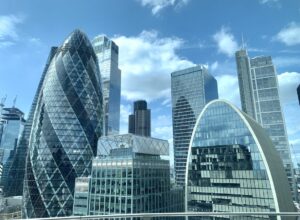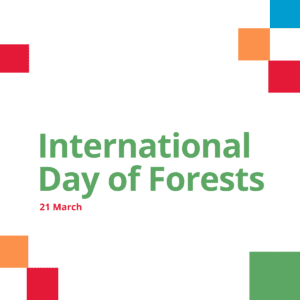UPC infringement action – DO NOT delay requesting provisional measures
The UPC ruling highlights the importance of timely action for provisional measures, stressing quick evidence gathering and adherence to procedural rules for patent claims.
Suscríbete a nuestras actualizaciones (en inglés)Suscríbete a nuestras novedades aquí para estar al tanto de los últimos avances y actualizaciones en materia de propiedad intelectual.
The UPC ruling highlights the importance of timely action for provisional measures, stressing quick evidence gathering and adherence to procedural rules for patent claims.
We are pleased to announce that Boult has been ranked as a Recommend Patent Firm by JUVE Patent in its Patent Filing
Oral proceedings before the Enlarged Board of Appeal (G1/24) were held on 28 March 2025, to discuss the extent to which the
Updated guidelines issued by the European Patent Office (EPO) have come into force today, 1st April 2025. The EPO annually update their guidelines
Dr Michelle Pratt in conversation with Barbara Niemann Fadani, Attorney-at-Law from Boult’s Munich office. MP: Hi Barbara, thank you for taking the
We are pleased to announce that Matt Ridley, Partner, has been appointed President of the British Group of UNION-IP. UNION-IP is an
We are thrilled that Boult has been featured as a highly recommended firm in the World IP Review – UK Trade Mark Rankings
Friday 21 March is the UN International Day of Forests and, to celebrate the day, Boult will be planting and donating trees.
We didn’t think the existing brand projected who this firm was anymore. A lot of things have changed since the launch of
We are delighted to announce that Dr Naomi Stevens has joined the partnership of Boult, effective 1 May 2024. Naomi joined Boult
We are proud that two of our partnership have been recognised this year by World Intellectual Property Review for their accomplishments in
The Unified Patent Court (UPC) has recently released updated details of the case load of the Court* since it commenced operations in
On the 1 June 2023, the Unified Patent Court (UPC) opened its doors for business and some of the first customers were
After years in the planning, the Unified Patent Court (UPC) opened its doors for business on 1 June 2023, also bringing an
Jo Pelly, Partner, wrote recently about the Unified Patent Court’s division of work between its Central Divisions in the article: UPC Central Divisions
The Unified Patent Court (UPC) has a complicated Court structure, including a Court of First Instance made up of Central, Local and
After years of uncertainty in the timeline of the Unified Patent Court (UPC), it has just been announced that Germany will ratify
The Unified Patent Court (UPC) have today announced that the start of the Sunrise Period for the new UPC is being delayed
As we wait to see if the previously indicated start date for the sunrise period of the opening of the #UnifiedPatentCourt is
The Preparatory team for the Unified Patent Court (UPC) has just issued an ‘implementation roadmap’ outlining the key activities and milestones of

We are pleased to announce that Boult has been ranked as a Recommend Patent Firm by JUVE Patent in its Patent Filing

We are pleased to announce that Matt Ridley, Partner, has been appointed President of the British Group of UNION-IP. UNION-IP is an

We are thrilled that Boult has been featured as a highly recommended firm in the World IP Review – UK Trade Mark Rankings

Friday 21 March is the UN International Day of Forests and, to celebrate the day, Boult will be planting and donating trees.
Suscríbete a nuestras actualizaciones (en inglés) aquí para estar al tanto de los últimos avances y actualizaciones en materia de propiedad intelectual.
SIGN UP
We are pleased to announce that Boult has been ranked as a Recommend Patent Firm by JUVE Patent in its Patent Filing

We are pleased to announce that Matt Ridley, Partner, has been appointed President of the British Group of UNION-IP. UNION-IP is an

We are thrilled that Boult has been featured as a highly recommended firm in the World IP Review – UK Trade Mark Rankings

Friday 21 March is the UN International Day of Forests and, to celebrate the day, Boult will be planting and donating trees.